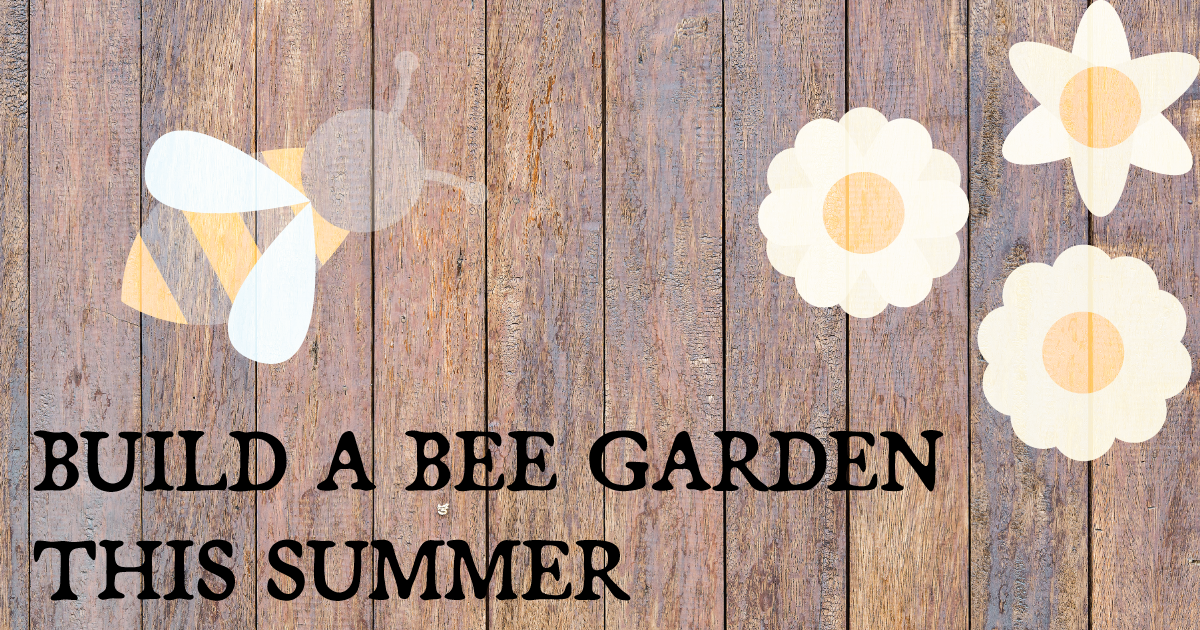No products in the cart.
Beekeeping
Building a Bee Garden This Summer
Spring has sprung across the country, and though we’ve hit a cold patch up here in the great north woods of Michigan, it’s definitely time to be working on the garden and your landscaping. One of the most common questions we get involves bees and wildflowers. We’ve all seen the reports of bee population declines, endangered bee species, colony collapse, and other threats facing pollinators. To help you combat these threats on your own, we’re going to list some general tips.Creating a Habitat for PollinatorsTurning part of your garden into a sanctuary for bees is a simple project. There are three key ingredients to this:Flowers to attract and pollinate
Water to drink
A homeLet’s cover each of these steps.Planting FlowersThe prettiest part of the project. One of the main things to keep in mind when picking flowers is your location and native species. You may remember earlier this year, when Cheerio’s was giving away wildflower seeds to help bees. You may also remember the backlash that project received (http://lifehacker.com/don-t-plant-those-bee-friendly-wildflowers-cheerios-i-1793370883) as it was pointed out these packets, since they were not made for specific regions, contained plants that are considered invasive in some areas.
You want to plant flowers that are suitable and native to your own climate.
Doing this takes a bit of research, but all the tools you need are available online:http://www.americanmeadows.com/wildflower-gardeningThis site provides an easy to understand guide to wildflower gardeninghttp://www.usna.usda.gov/Hardzone/hzm-ne1.htmlThis is your hardiness guidehttp://xerces.org/fact-sheets/And finally, the big one, a list of pollinator plants for each region.Providing WaterBees need water to survive, just like anything else. In the heat of the summer, providing a place for the bees to drink in your garden is a great idea. Keep in mind that stagnant water can be a breeding ground for mosquitoes as well, so you’ll want to keep the surface of the water flowing a bit – unless you don’t mind the skeeters.Here’s a video with some easy DIY bee water fountain ideas:Bee HabitatsIf you want to really go the extra mile, you can help bees and other pollinators find a place to shelter and live in your garden. The Honeybee Conservancy (http://thehoneybeeconservancy.org/plant-a-bee-garden/) recommends:
“Leave a patch of the garden in a sunny spot uncultivated for solitary bees that burrow. Some solitary bees also need access to soil surface for nesting. For wood- and stem-nesting bees, this means piles of branches, bamboo sections, hollow reeds, or nesting blocks made out of untreated wood. Mason bees need a source of water and mud, and many kinds of bees are attracted to weedy, untended hedgerows.”Avoid the PesticidesFinally, please try to avoid the pesticides. Stick to the natural fertilizers and let the spiders, ladybugs, mantis, and other friends take care of the pests!Here are a few helpful links regarding pesticides and alternatives to keep your garden healthy. https://www.drugwatch.com/roundup/glyphosate/ https://www.drugwatch.com/roundup/alternatives/

